Let's check out.
Let's write:
__int128 add1(__int128 a, __int128 b) {
return b + a;
}and compile it with risc-v gcc 8.2.0:
__int128 add1(__int128 a, __int128 b) {
return b + a;
}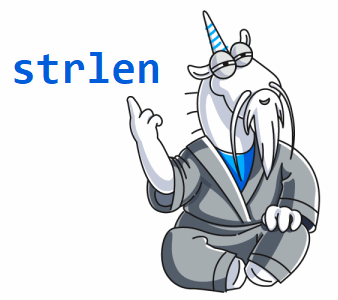
Somehow, it so happens that we write about our diagnostics, but barely touch upon the subject of how we enhance the analyzer's internal mechanics. So, for a change, today we'll talk about a new useful upgrade for our data flow analysis.
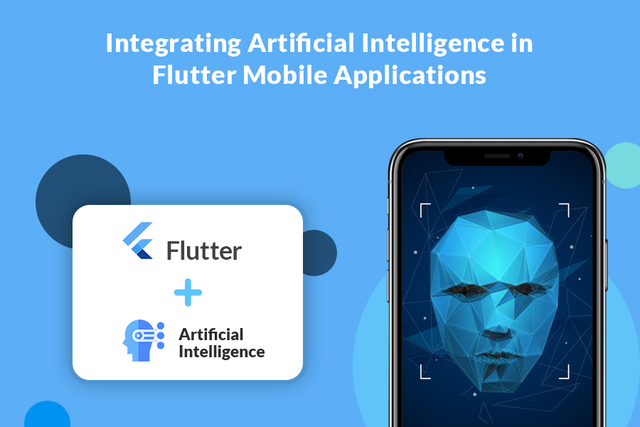
As we all are aware of the fact that the digital market is heavily leaning towards a reliable UX-driven process, app development has become quite complex, especially for targeting the industry for mobile platforms.
For every organization, creating a product that is beneficial for their customer needs always comes up with a plethora of challenges.
From the technical point of time, there are various challenges that every business faces, including selecting the right platform for the app, the right technology stack or framework, and creating an app that fulfills the needs and expectations of customers.
Similarly, there are more challenges that every business faces and needs to cope with while creating its dream product.
So, what to do??
Well, what if I say that the answer to all your queries and questions is Flutter app development with Artificial Intelligence (AI) integration……
Surprised? Wondering how?
Well, AI in Flutter app development is one of the best advancements in the software market. The concept of AI was first introduced during the 20th century with loads of innovations and advancements that we are still integrating into our mobile app development.
But, what are Artificial Intelligence and Flutter app development?
In this series, I would like to discuss some reaches of Go programming language. There is no shortage of Go-Language-Of-Cloud style articles in which you can explore the great benefits that Go indeed provides. However, there are lees to every wine, and Go does not go without blemish. In this highly opinionated series, we cover some controversies and, dare I say, pitfalls of the original Go design.
We start tough and begin with the essence of Go — it's inbuild data types. In this article, we put slice to the test. Let's move a step further from the Go Tour and use slice more extensively. For example, there is no separate data type as stack in Go, because slice type is intended to cover all its usage scenarios.
Let's briefly recap the usage of the stack. We can create a stack in two seconds using a couple of paper stickers. You write "buy milk" on the first sticker and put at the desk, and then "make the dishes" on the second and pile it on the first sticker. Now, you have a stack: the dishes sticker came last but will be served first, as it is on the top of the stack. Thus, there is an alternative name for stack — LIFO, Last-In-First-Out. To compare, there is the "opposite" data structure queue or FILO — first in, first out. In programming, stacks are everywhere, either in the explicit form or in the implicit as stack trace of the execution of a recursive function.
Ok, let's put slice into use and implement stack.
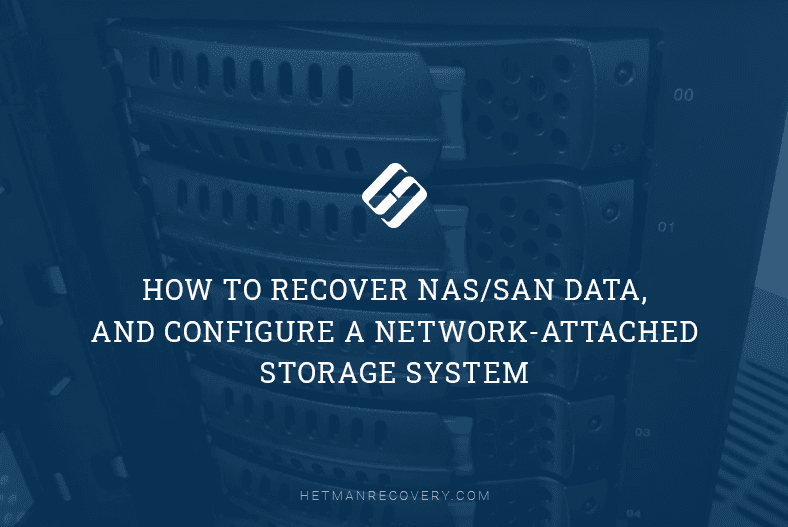
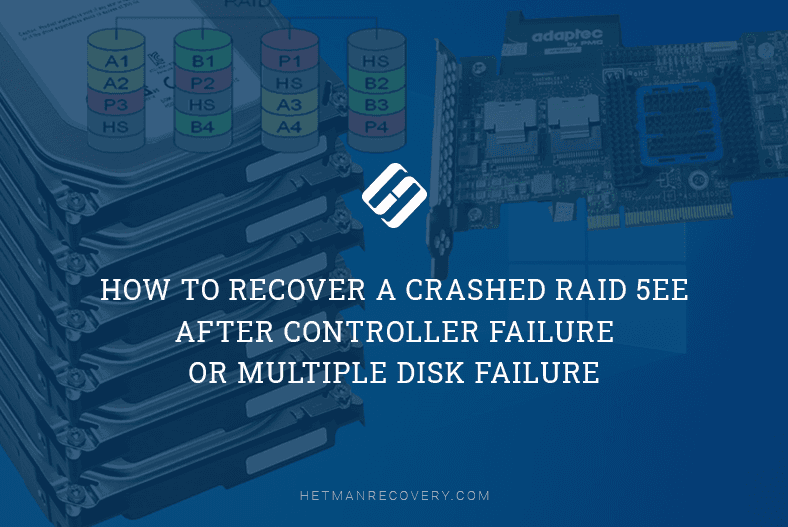

The mathematical model of signed sequences with repetitions (texts) is a multiset. The multiset was defined by D. Knuth in 1969 and later studied in detail by A. B. Petrovsky [1]. The universal property of a multiset is the existence of identical elements. The limiting case of a multiset with unit multiplicities of elements is a set. A set with unit multiplicities corresponding to a multiset is called its generating set or domain. A set with zero multiplicity is an empty set.
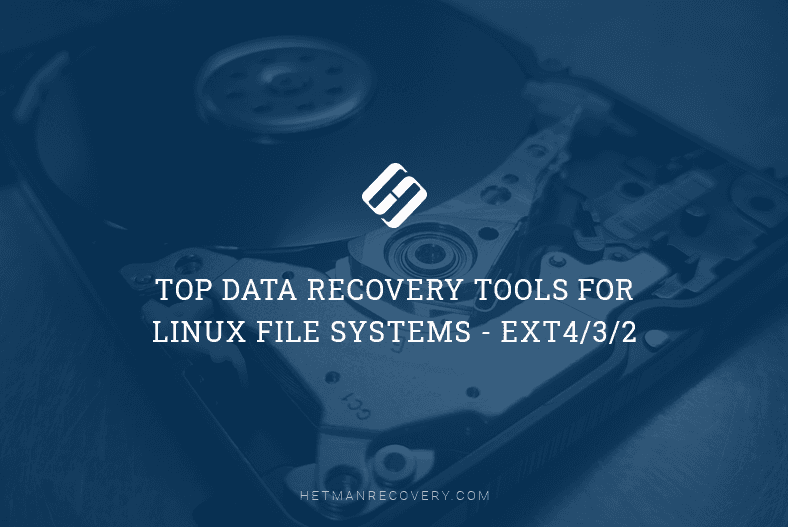
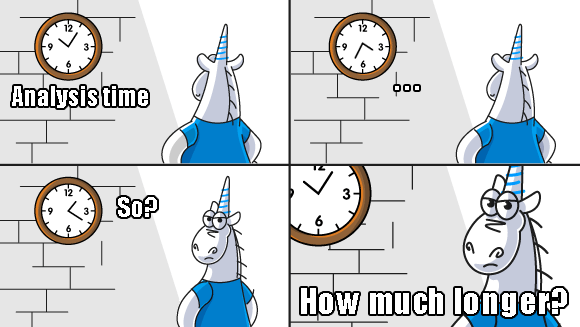
How many of you have used third-party libraries when writing code? It's a catchy question. Without third-party libraries the development of some products would be delayed for a very, very long time. One would have to reinvent the wheel to solve each problem. When you use third-party libraries you still stumble upon some pitfalls in addition to obvious advantages. Recently PVS-Studio for C# has also faced one of the deficiencies. The analyzer could not finish analyzing a large project for a long time. It was due to the use of the SymbolFinder.FindReferencesAsync method from the Roslyn API in the V3083 diagnostic.
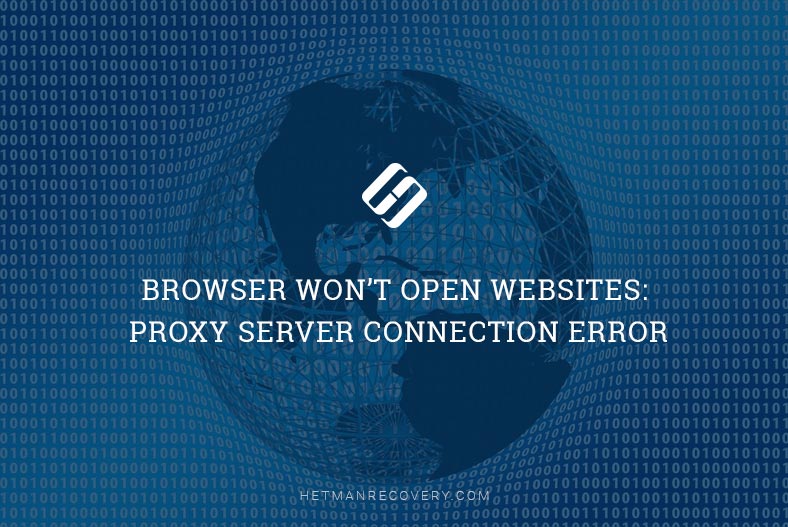
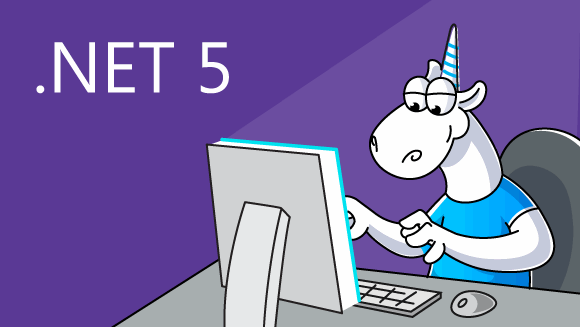
On November 10th, 2020, Microsoft released a new version of .NET Core - .NET 5. The updated platform presents many new enhancements. For example, it allows C# developers to use features the new C# 9 offers: records, relational pattern matching, etc. Unfortunately, there was a disadvantage: PVS-Studio could not analyze these projects. However (and here's the good news)... That used to be the case :) Our next release, PVS-Studio 7.13, will support projects that target .NET 5.
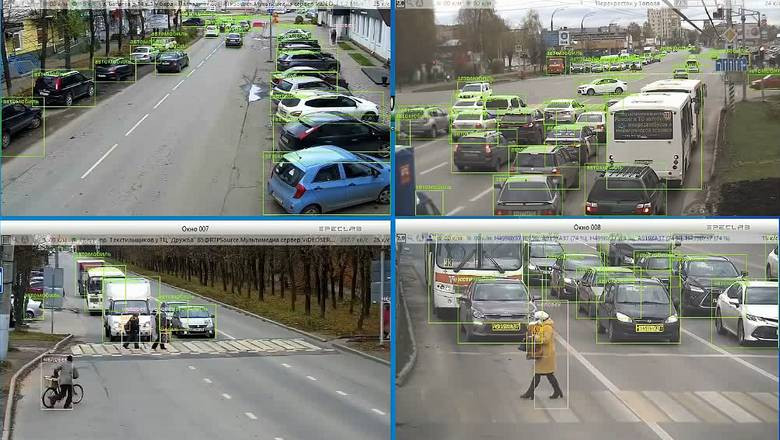
Types of smart traffic lights: adaptive and neural networks
Adaptive works at relatively simple intersections, where the rules and possibilities for switching phases are quite obvious. Adaptive management is only applicable where there is no constant loading in all directions, otherwise it simply has nothing to adapt to – there are no free time windows. The first adaptive control intersections appeared in the United States in the early 70s of the last century. Unfortunately, they have reached Russia only now, their number according to some estimates does not exceed 3,000 in the country.
Neural networks – a higher level of traffic regulation. They take into account a lot of factors at once, which are not even always obvious. Their result is based on self-learning: the computer receives live data on the bandwidth and selects the maximum value by all possible algorithms, so that in total, as many vehicles as possible pass from all sides in a comfortable mode per unit of time. How this is done, usually programmers answer – we do not know, the neural network is a black box, but we will reveal the basic principles to you…
Adaptive traffic lights use, at least, leading companies in Russia, rather outdated technology for counting vehicles at intersections: physical sensors or video background detector. A capacitive sensor or an induction loop only sees the vehicle at the installation site-for a few meters, unless of course you spend millions on laying them along the entire length of the roadway. The video background detector shows only the filling of the roadway with vehicles relative to this roadway. The camera should clearly see this area, which is quite difficult at a long distance due to the perspective and is highly susceptible to atmospheric interference: even a light snowstorm will be diagnosed as the presence of traffic – the background video detector does not distinguish the type of detection.
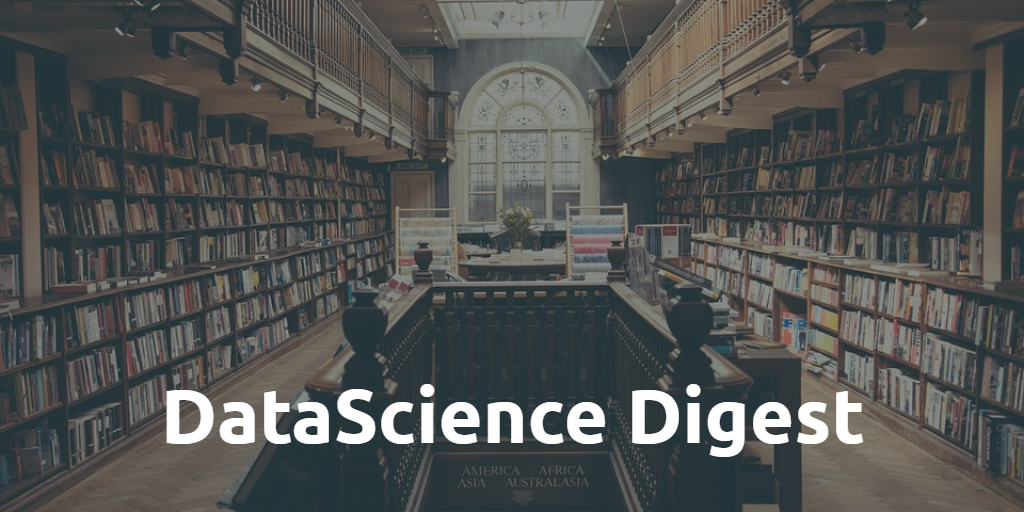
Hi All,
I’m pleased to invite you all to enroll in the Lviv Data Science Summer School, to delve into advanced methods and tools of Data Science and Machine Learning, including such domains as CV, NLP, Healthcare, Social Network Analysis, and Urban Data Science. The courses are practice-oriented and are geared towards undergraduates, Ph.D. students, and young professionals (intermediate level). The studies begin July 19–30 and will be hosted online. Make sure to apply — Spots are running fast!
If you’re more used to getting updates every day, follow us on social media:
Telegram
Twitter
LinkedIn
Facebook
Regards,
Dmitry Spodarets.
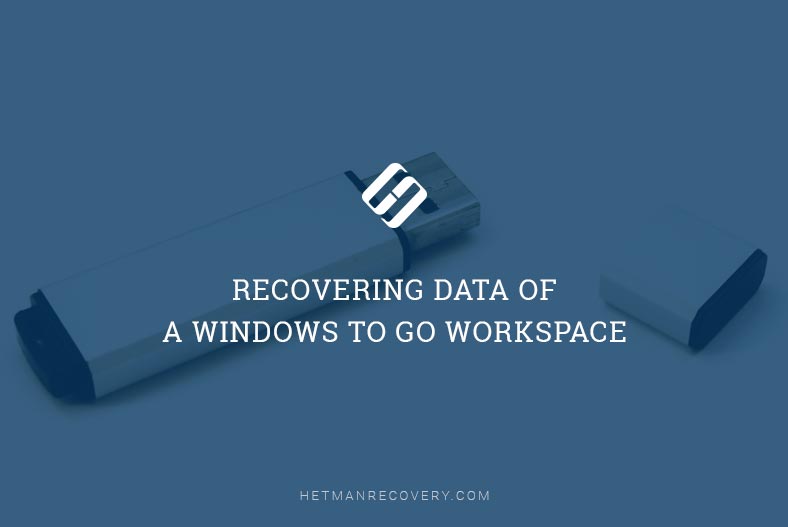
So we have already played with different neural networks. Cursed image generation using GANs, deep texts from GPT-2 — we have seen it all.
This time I wanted to create a neural entity that would act like a beauty blogger. This meant it would have to post pictures like Instagram influencers do and generate the same kind of narcissistic texts. \
Initially I planned to post the neural content on Instagram but using the Facebook Graph API which is needed to go beyond read-only was too painful for me. So I reverted to Telegram which is one of my favorite social products overall.
The name of the entity/channel (Aida Enelpi) is a bad neural-oriented pun mostly generated by the bot itself.
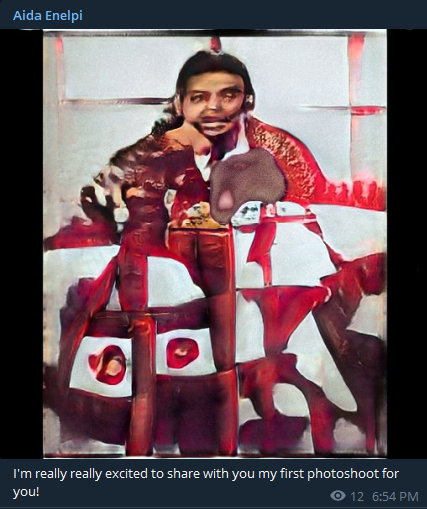
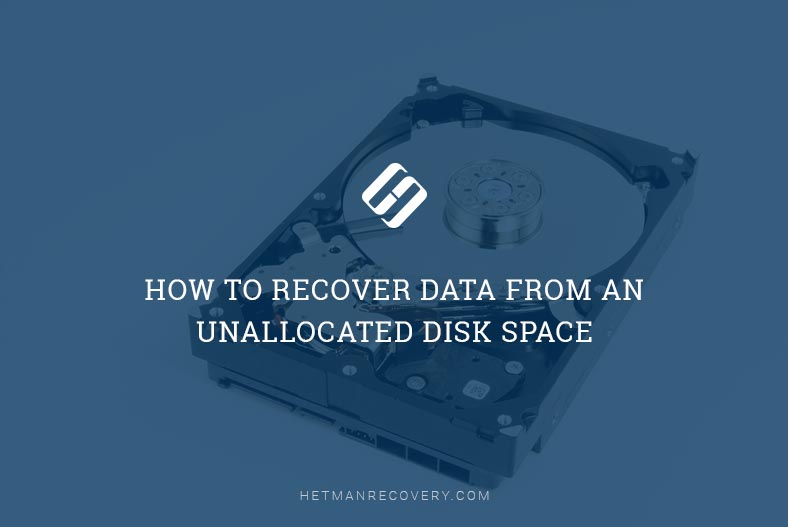
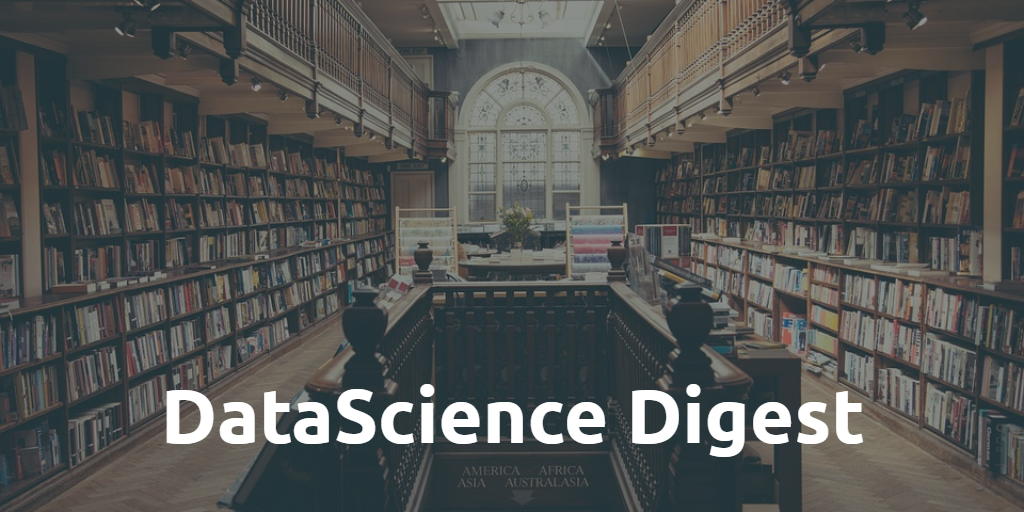
Hi All,
I have some good news for you…
Data Science Digest is back! We’ve been “offline” for a while, but no worries — You’ll receive regular digest updates with top news and resources on AI/ML/DS every Wednesday, starting today.
If you’re more used to getting updates every day, follow us on social media:
Telegram - https://t.me/DataScienceDigest
Twitter - https://twitter.com/Data_Digest
LinkedIn - https://www.linkedin.com/company/data-science-digest/
Facebook - https://www.facebook.com/DataScienceDigest/
And finally, your feedback is very much appreciated. Feel free to share any ideas with me and the team, and we’ll do our best to make Data Science Digest a better place for all.
Regards,
Dmitry Spodarets.


Why is it valuable to get into the Qrator Labs partnership program?
In Qrator Labs, we firmly believe that working together brings a better result. Which is the reason why, for years, we were trying to find meaningful partnerships with all kinds of companies. They either seek to provide their existing customers with the top-notch DDoS mitigation technology developed at Qrator Labs with many additional ecosystem solutions or want to succeed the other way around. By getting their product available for Qrator Labs' customers by integrating into the Qrator anycast filtering network.
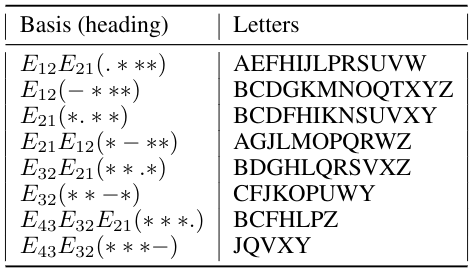
The previous work from ref [1] describes the method of transforming a sign sequence into algebra through an example of a linguistic text. Two other examples of algebraic structuring of texts of a different nature are given to illustrate the method.